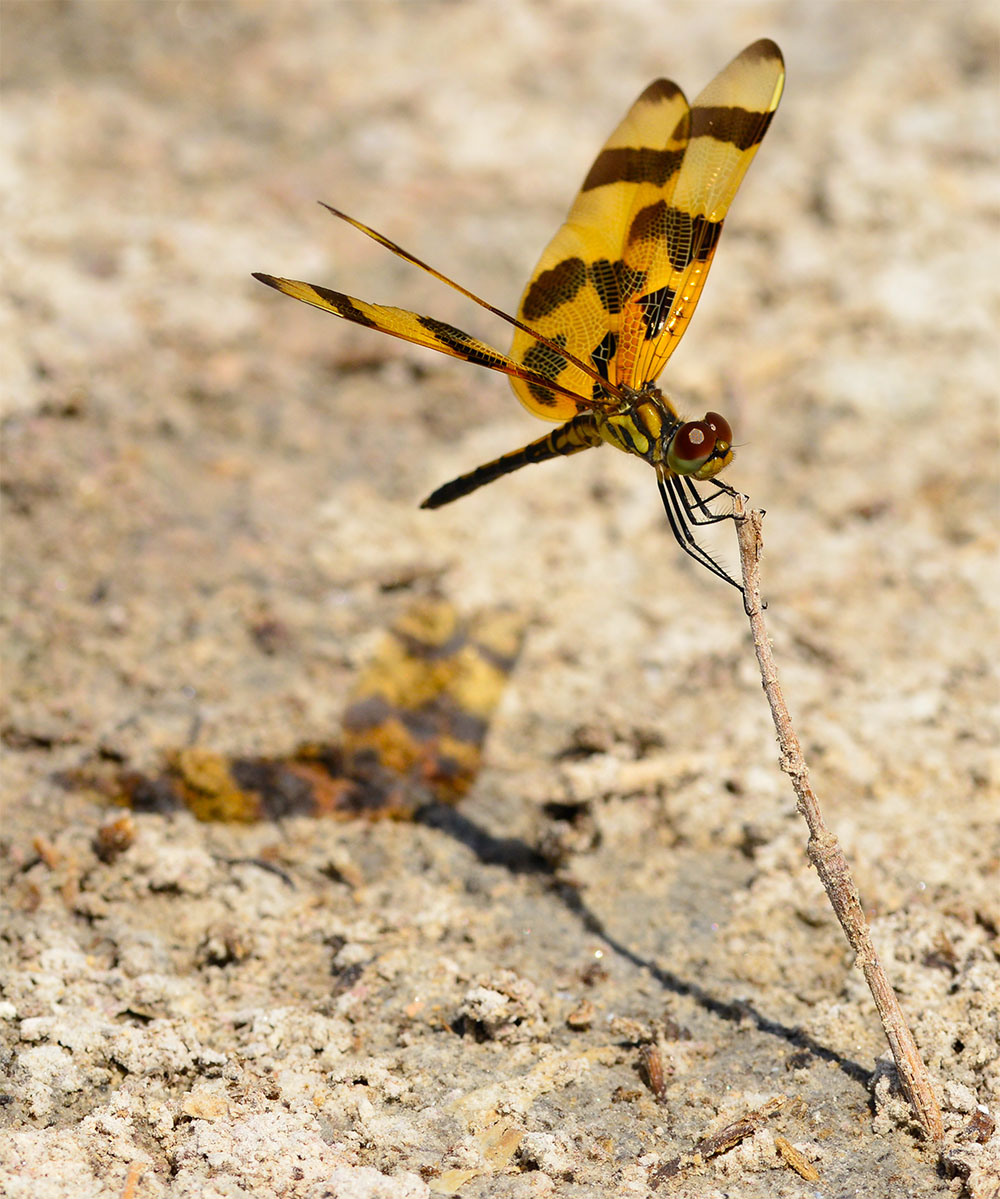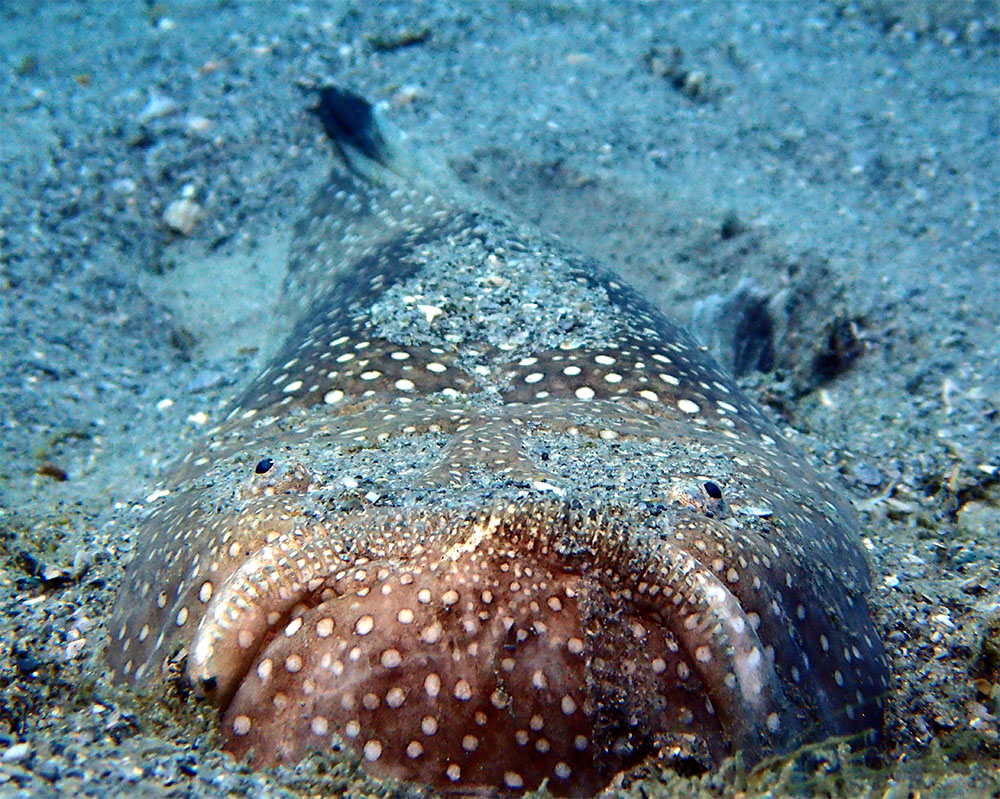Fakahatchee Strand Preserve State Park This alligator is in the Fakahatchee Strand Preserve State Park Look closely and you will see an alligator peeking its head above the water. This photo is from Fakahatchee Strand Preserve State Park. This vast state park is actually the largest state park in Florida, encompassing more than 85,000 acres. Wild Boyz Photography […]
Alligator Close Up
Alligator – IUCN Conservation Status: Least Concern In colder weather alligators may even enter a state of hibernation Getting up close and personal with an alligator can sound intimidating! Matt and I are able to safely engage with nature by using the right equipment. In this case, it was a DSLR camera with a super […]
Calm before the Storm
National Data Buoy Center Things can change from calm to a storm in an instant The ocean is a dynamic environment. For anyone who has spent time on boats, this is something that’s always in the back of your mind. Things can change from calm to a storm even more quickly in the warm summer months, when […]
Halloween Pennant Dragonfly
Halloween Pennant Dragonfly – IUCN Conservation Status: Least Concern These dragonflies are only about 1.5 inches long! Let’s unpack this interesting name for this interesting creature. The primary body colors of orange and black make it easy to understand why it is called a “Halloween” dragonfly. The “Pennant” part of the name comes from this dragonfly perching […]
Black Skimmer
Black Skimmer – IUCN Conservation Status: Least Concern It takes less than a month for a black skimmer to learn to fly! This is what it looks like inside a flock of black skimmers. Let’s unpack what we are looking at. This seabird is mostly black, with a white head. It has a unique beak. The base of the […]
Oystercatcher
American Oystercatcher – IUCN Conservation Status: Least Concern The orbital ring of an oystercatcher is orange-red This exotic looking bird is called an American oystercatcher, and it can be found in North, Central, and South America. This bird has a distinctive large orange beak that is used to access and consume shellfish. Obviously, oystercatchers catch oysters, but […]
Snowy Egret
Snowy Egret – IUCN Conservation Status: Least Concern This photo is courtesy of a long walk on the beach This photo of a snowy egret was taken while on a birding walk on Siesta Key beach in Florida. For my birthday, I had received a rental from LensRentals.com. I had decided to rent a Sigma […]
Brown Pelican
Brown Pelican – IUCN Conservation Status: Least Concern I’ve watched brown pelicans diving my entire life I absolutely love this photo because of the splash of water that you can see behind the brown pelican as it started to take off from the water. I don’t know which of us was more startled when I […]
Stargazer
SOUTHERN STARGAZER – IUCN Conservation Status: LEAST CONCERN Stargazers cover themselves in the sand This eyeball belongs to a rarely seen creature called a stargazer. There is a northern stargazer and a southern stargazer. Both look about the same, and the only way you can really tell the difference is the tail of the stargazer, as well […]
Blow Fly
Most blow flies live in temperate to tropical regions. The larvae of blow flies are used for a medical treatment called “maggot therapy”. Maggot debridement therapy (MDT) uses laboratory raised fly larvae to treat stasis ulcers, postsurgical wounds, pressure clots, and diabetic foot wounds. The larvae eat only the dead tissue, which improves the healing potential of […]









